Business
The Results Of Net Neutrality Day
Published
8 years agoon
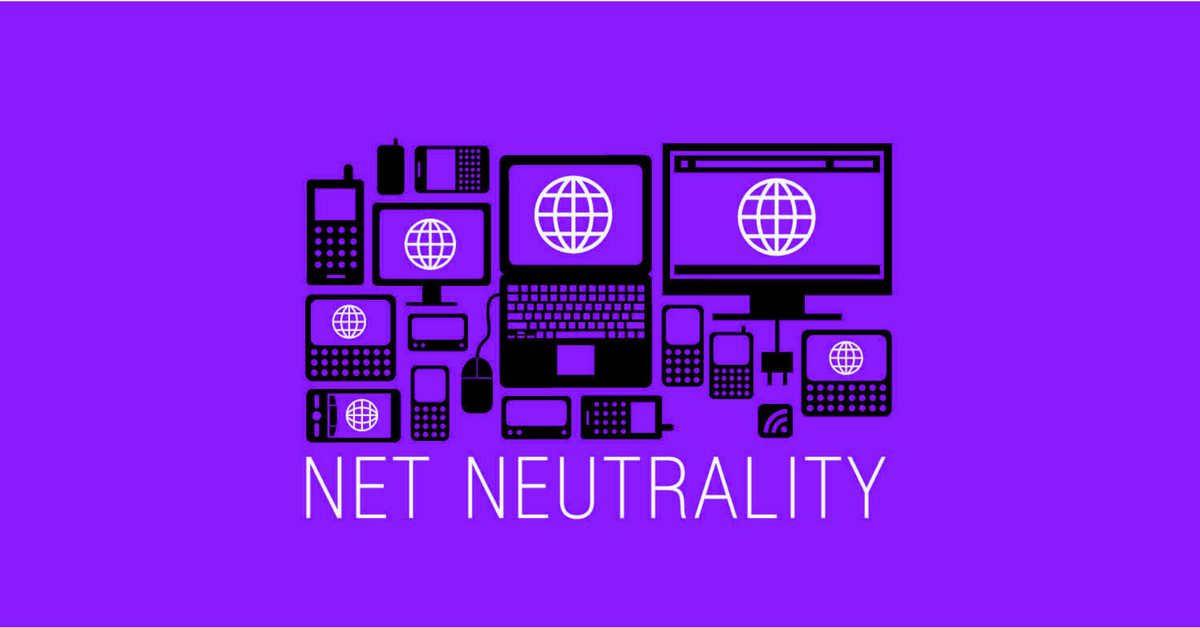
On July 12, many well-known tech companies, websites, and activist groups participated in the “Internet-Wide Day of Action to Save Net Neutrality”…or just “Net Neutrality Day” for short. This day of protest sought to raise the alarm about net neutrality which is in danger thanks to a bill President Trump signed overturning rules put in place by former FCC Chairman Tom Wheeler. Many high-profile tech and media companies including Amazon, Reddit, Patreon, Vimeo, Kickstarter, Mozilla, and Etsy have voiced their support and/or participated in the protest.
Let’s back up a minute though. What is net neutrality and why should you care? Net neutrality is the principle that internet service providers (ISPs) should allow access to all web content regardless of where it comes from without favoring, blocking, or throttling a application or website. For example, let’s say you pay for a Netflix subscription. Because Netflix streaming requires a lot of bandwidth, your ISP (say Comcast) could charge Netflix for using bandwidth on its network. If Netflix doesn’t pay Comcast, then Comcast may reduce the bandwidth for their customers resulting in slower speeds and poor streaming for Netflix customers. Meanwhile, Comcast could prioritize its own streaming services. Net neutrality would prevent Comcast from prioritizing its own video streaming service and charging Netflix for the same kind of data. Video streams from both Comcast and Netflix would be equal or “neutral” instead of one preferred over the other.
Net neutrality proponents argue that data travelling over the internet should be equal and ISPs cannot prefer one website to another because it discourages competition. Larger companies such as Netflix and Amazon may be able to pay fees to ISPs for priority streaming but a smaller streaming company may not have the resources and so may not be able to compete. Further complicating the issue is that broadband competition is largely absent in many parts of the country. Many neighborhoods and apartment complexes only have access to one internet provider. Therefore, if Comcast throttled or blocked access to Netflix, a customer is unable to switch to another ISP because of the lack of choice (that’s another conversation).
Net neutrality opponents (mainly ISPs and conservatives) argue net neutrality regulations would stifle broadband innovation and make it harder for ISPs to recoup their network infrastructure investments. They argue that because it takes a lot of money to build out networks and keep internet traffic relatively fast, charging companies like Netflix for higher bandwidth will help pay for costs associated with having to accommodate higher fidelity content like 4K streaming and the addition of more internet users in general. Opponents also argue that net neutrality regulations would be harmful for small businesses or startups trying to enter the broadband space. ISPs reject the idea of becoming “dumb pipes” or having a network with little to no control or management of how users use the network. It’s analogous to how city infrastructure like water pipes are used. In fact, back in 2015, the Federal Communications Comission (FCC) ruled in favor of net neutrality and reclassified broadband as a Title II telecommunications service and thus placing new regulations from the Communications Act of 1934 and Telecommunications Act of 1996.
Alright, that was a lot of background, but let’s get back to Net Neutrality Day. Google published a blog post in defense of net neutrality but interestingly did not change the Google homepage or display any banner or Google Doodle about it. Facebook CEO Mark Zuckerburg post on his personal page, “Right now, the FCC has rules in place to make sure the internet continues to be an open platform for everyone,” he writes. “At Facebook, we strongly support those rules. We’re also open to working with members of Congress and anyone else on laws to protect net neutrality.”
Popular message board/meme site Reddit placed a pop up that loads slowly. The point was to mimic what would happen if ISPs were allowed to throttle or slow down access to Reddit. Like Google, Twitter also published a blog post defending net neutrality. Netflix (which has had up and down support for net neutrality) posted a banner on its homepage saying “Protect Internet Freedom. Defend Net Neutrality.”
Some of the more humorous protests came from Mozilla, Electronic Frontier Foundation (EFF), and The Internet Archive. Mozilla (maker of the Firefox browser) released a nine hour YouTube video where the narrators “soothingly” reading pro net neutrality comments. The EFF and Internet Archive both had fake pop up messages that simulated what would happen without net neutrality.
What about the ISPs? Verizon and Comcast both released statements in response. Both companies support an “open internet” but reiterated their opposition to Title II with Comcast stating, “You can have strong and enforceable Open Internet protections without relying on rigid, innovation-killing utility regulation that was developed in the 1930s (Title II). While some seem to want to create hysteria that the Internet as we know it will disappear if their preferred regulatory scheme isn’t in place, that’s just not reality.” AT&T actually said that it was participating in the day of protest despite them being against net neutrality.
AT&T’s SVP of External and Legislative Affairs Bob Quinn wrote, “This may seem like an anomaly to many people who might question why AT&T is joining with those who have differing viewpoints on how to ensure an open and free internet. But that’s exactly the point – we all agree that an open internet is critical for ensuring freedom of expression and a free flow of ideas and commerce in the United States and around the world.”
Whew. That was a lot. So here we are. Both sides of the net neutrality argument have valid arguments and the debate will probably never be settled soon. Based on the statements and actions by FCC Chair Ajit Pai and the Trump Administration, it seems that many net neutrality protections will be rolled back. However, that won’t stop the legions of net neutrality advocates from making their voices heard. More than 2 million comments have been sent to the FCC with millions more emails and phone calls going to members of Congress. Whatever side of the debate you claim, we must continue to respectfully hear arguments and ideas we disagree with in order to come to a compromise that will benefit us all. That will truly make the Internet better.
You may like
TLDR: Penji beats Design Pickle with faster delivery, unlimited revisions, and a more intuitive platform that business owners actually enjoy using.
Penji is the best Design Pickle alternative for business owners who need consistent, high-quality designs without the wait. Businesses get unlimited requests, 24-48 hour turnarounds, and a dedicated design team for one flat monthly rate. The platform is easier to use and gives owners more control over projects than Design Pickle.
Tired of waiting days for Design Pickle to finish a simple social media post? Business owners pay good money for design as a service, so why should they settle for slow turnarounds and limited creative input? The right Design Pickle alternative can transform how companies handle visual content without breaking the bank.
1. Penji – The Smart Choice for Busy Owners
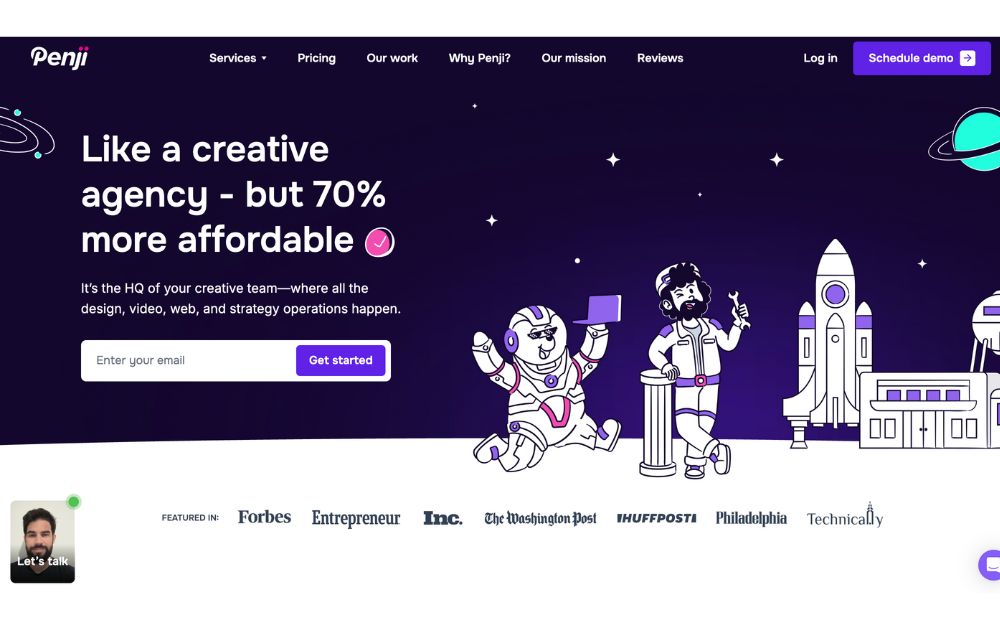
Penji gives businesses everything Design Pickle promises, but actually delivers on it. Designs come back in 24-48 hours (not 2-3 days), and clients get unlimited revisions until they’re happy with the result. The dashboard is dead simple to use—just upload a request, add some notes, and designers get to work.
What really sets Penji apart? Clients aren’t stuck with random designers each time. The team learns brand preferences, remembers style choices, and gets better with every project. Plus, if businesses need to pause during slow months, they can do that without losing their spot. See how Penji compares to other services.
2. Designjoy – Premium But Pricey
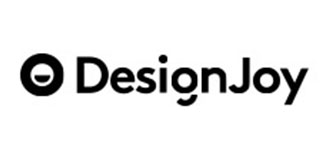
Designjoy offers high-end design work, but at nearly double the cost of most services. They’re great if budget isn’t a concern and companies only need one designer working on projects. The wait time can be longer since clients work with a single designer who might be juggling multiple accounts.
3. Superside – Better for Agencies
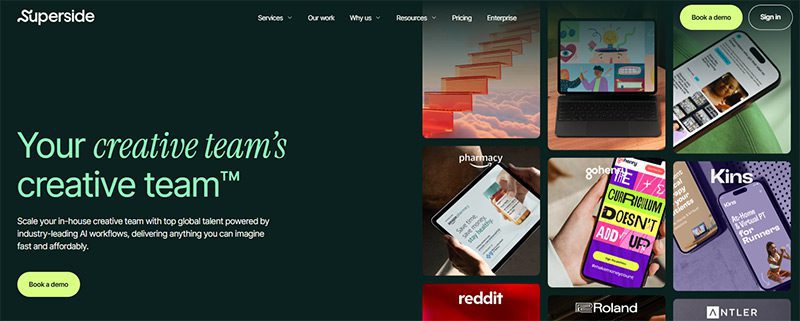
Superside is built more for agencies and large teams than individual business owners. They do solid work, but the onboarding process is complex and companies need to commit to higher-tier plans to get reasonable turnaround times.
Conclusion
After comparing all the major graphic design services, Penji remains the best Design Pickle alternative for business owners who want quality, speed, and value. Companies get professional designs without the enterprise pricing or frustrating delays.
Stop waiting around for designs. Try Penji today and see why thousands of business owners made the switch.
Frequently Asked Questions
Is Penji really faster than Design Pickle? A:
Yes. Most Penji designs are completed within 24-48 hours, while Design Pickle typically takes 1-2 business days or longer.
What if businesses don’t like the design?
Clients get unlimited revisions with Penji. Just leave feedback and designers will make the changes until everyone’s completely satisfied.
Do businesses need to sign a long-term contract?
Nope. Penji works month-to-month, and companies can pause or cancel anytime. Learn more about flexible plans.
Business
Top Marketing Podcasts for 2025 You Should Be Following Today
Published
6 days agoon
October 17, 2025By
Skylar Lee
Being a marketer means constantly being on the lookout for the latest in marketing trends and news. You’ll be surprised how fast trends come and go, along with the tools that you commonly use for your campaigns. If you’re looking for a trend that never goes out of style, it’s podcasting. Here are the top marketing podcasts to tune in to in 2025:
1. Marketing School

Marketing School is hosted by one of the famous names in the marketing industry: Neil Patel. Eric Siu is also another popular figure hosting the show. They update listeners on the newest marketing and SEO trends and information. Plus, they interview content creators and marketers to share their marketing secrets and tips to achieve their goals. It’s a great starter podcast for new marketers in the field. Listen to the famous hosts every day!
2. Social Media Marketing Podcast
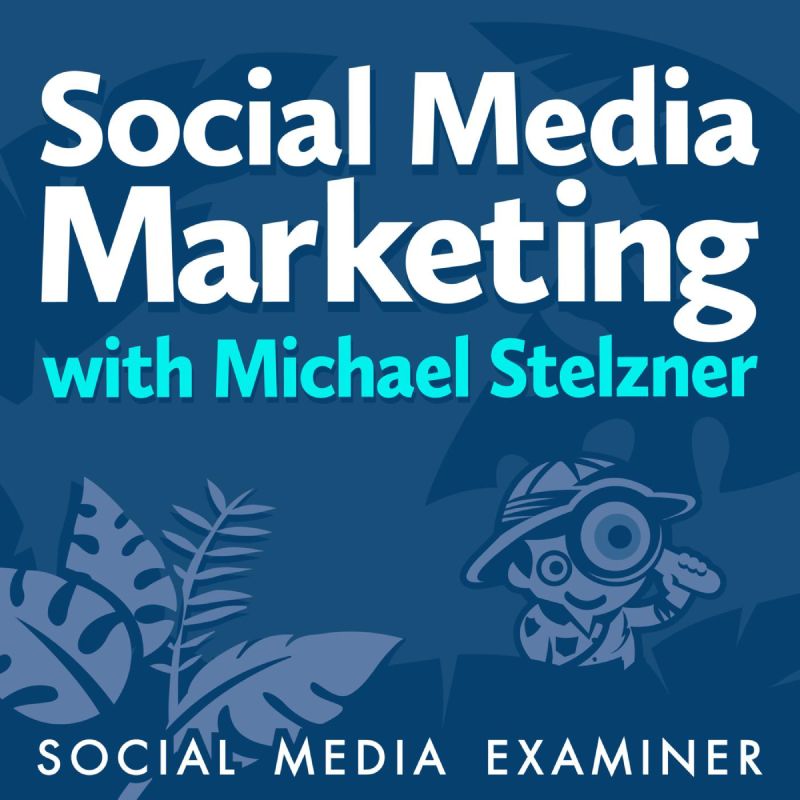
The Social Media Marketing Podcast should be your go-to podcast if you’re focused on social media marketing. Listen to Michael Stelzner weekly to get the best tips on marketing on social media with the latest tech and trends. If you’re also running out of content ideas, the podcast host also provides tips and insights to help you get started on new strategies. Plus, he interviews marketers and business leaders on how they achieved success with social media marketing.
3. The WARC Podcast
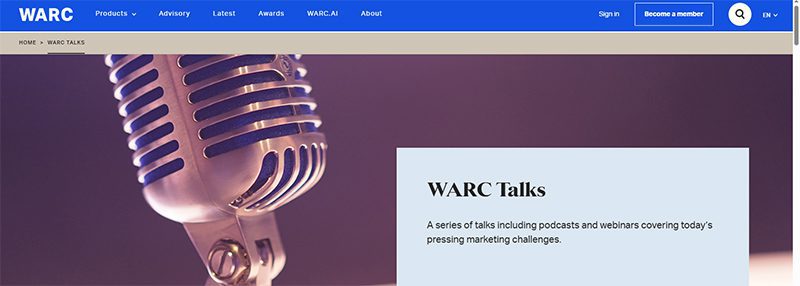
The WARC Podcast delivers marketing insights to help you know the latest in marketing for the week. You’ll learn what marketing challenges marketers overcame. Listen to them twice a week for recent trends, interviews, and event recaps.
4. Duct Tape Marketing
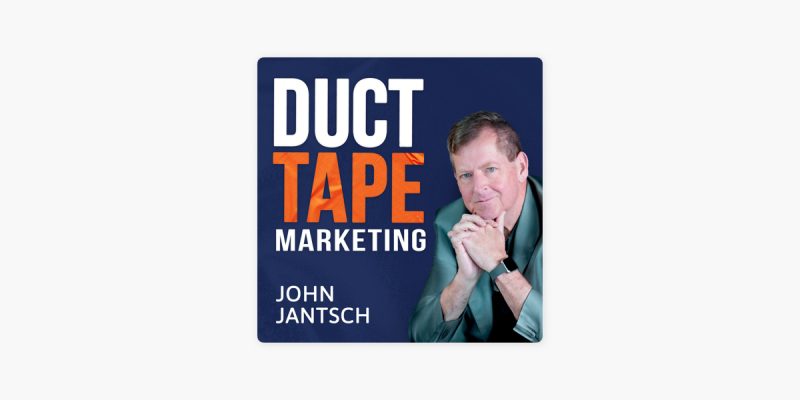
Another big name in the marketing sphere is Duct Tape Marketing, which made an impact in 2005. Listen to John Janstch three times a week to listen to interviews with small business owners and marketers, and how they grew their businesses through marketing strategies. Don’t miss out on the trends and tips to supercharge your marketing.
5. Perpetual Traffic
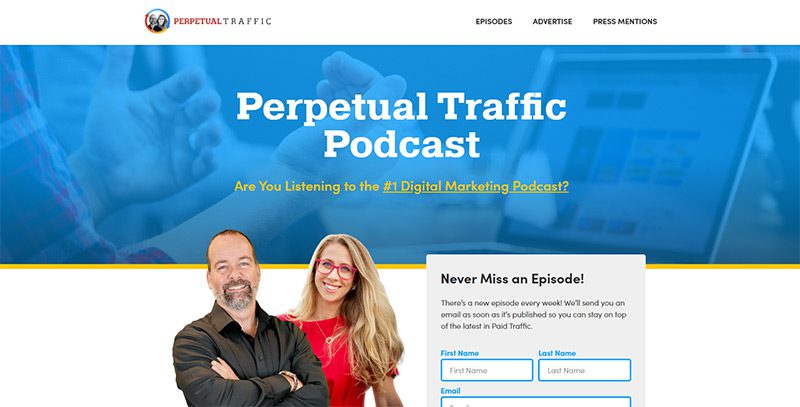
If you want tips from expert marketers Ralph Burns and Kasim Aslam, listen to Perpetual Traffic! They specialize in paid traffic tips to help you increase sales and leads! Expect interviews from various experts in different niches. You can also get insights from case studies to help you grow your business. Listen to them twice a week!
6. The Digital Marketing Podcast
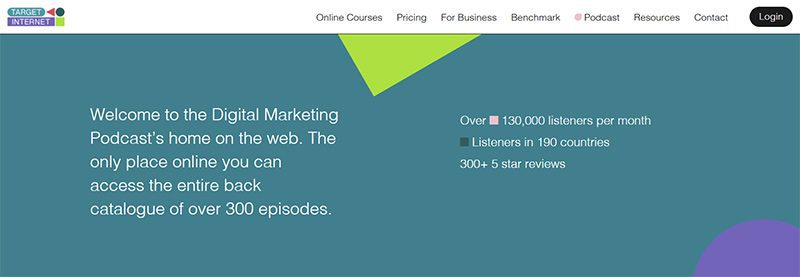
Do you want to be updated on everything digital marketing? The Digital Marketing Podcast is the best podcast to listen to. Know the latest news, updates, stats, and future of marketing. The hosts also discuss current tech trends in marketing to grow your business. Listen to the hosts twice a week!
7. The Affiliate Guy
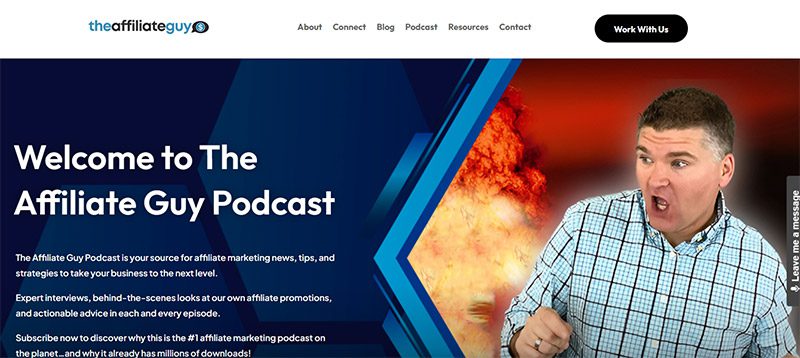
Are you an affiliate marketer and need expert advice and the latest updates on affiliate marketing? You should listen to The Affiliate Guy. Hosted by Matt McWilliams, he has trained over 320,000 affiliates.
Think of The Affiliate Guy’s podcasts as engaging audio versions of How-To blogs. Additionally, he interviews entrepreneurs and leaders. Plus, he also references case studies to help you understand how they achieved their goals.
8. Marketing Trends
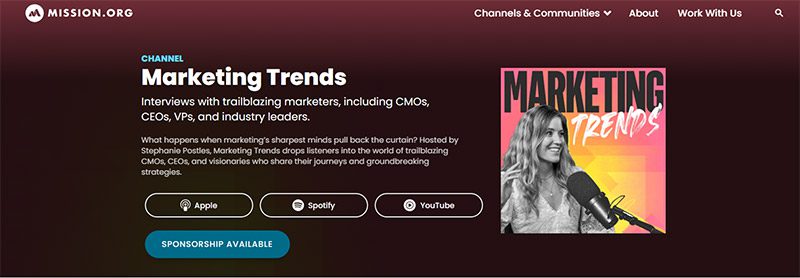
The very apt Marketing Trends podcast updates you weekly with new information and insights about marketing! You can listen to CEOs, CMOs, and other thought leaders share best practices and strategies to grow the biggest brands! Know how you can grow as a leader or an ambitious marketer when you get the latest tips for achieving success.
9. Stand The F*ck Out™
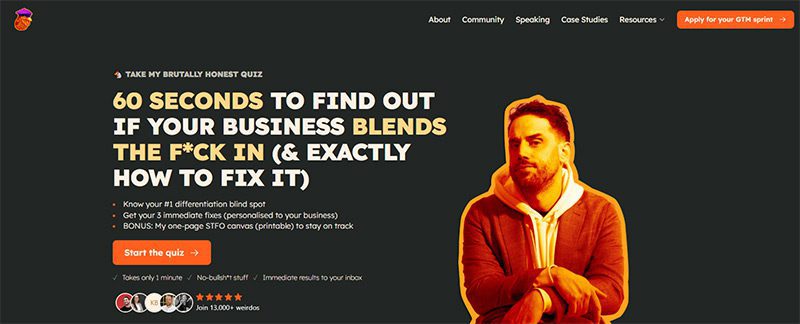
Are you tired of hearing or reading the same marketing tip or trend and don’t want to use that strategy anymore? Stand The F*ck Out™ gets straight to the point and doesn’t dilly dally when discussing marketing. Louis Grenier hosts the show and provides evergreen topics. You also get to hear from experienced marketers how their teams executed strategies and got the desired results. Listen to this podcast weekly.
10. Social Pros Podcast
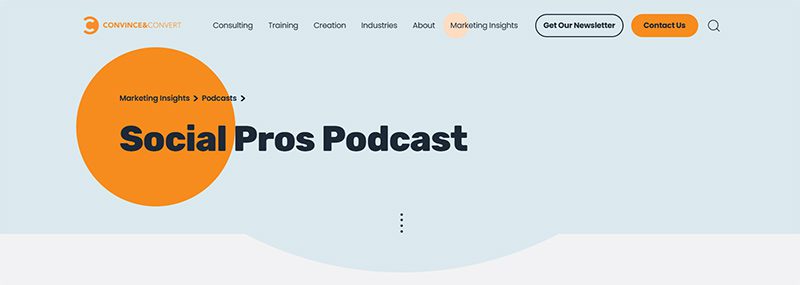
Are you interested in learning how social media marketers execute their campaigns for big brands? The Social Pros Podcast should be on your radar. Jay and Adam host the show, which you can listen to weekly. Not only do they discuss recent trends and strategies, but they also discuss team management and other personal conversations on being a marketer.
11. Marketing Over Coffee
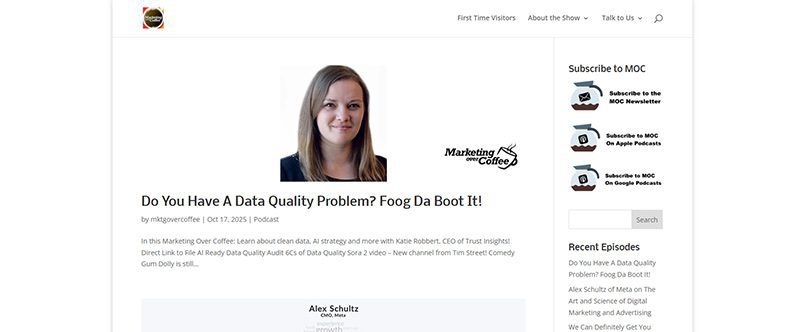
Do you prefer listening to podcasts in the morning during breakfast? Why not listen to Marketing Over Coffee on the side while enjoying a hearty morning meal? Like other podcasts, you’ll hear the latest tech trends like AI and improved marketing tools. Plus, get insights from the experts like Seth Godin, Rand Fishkin, and Ann Handley! Episodes come out weekly!
Business
What are the Best Social Media Post Design Services for Startups?
Published
7 days agoon
October 15, 2025
While startups have limited resources, it doesn’t mean they can’t enjoy high-quality graphics for their social media channels. Here are the best social media post design services that are affordable, fast, and efficient:
Penji

An on-demand graphic design service, Penji tops this list, thanks to its high-quality work, fast delivery times, and flexible pricing plans. It has a team of professional designers that can craft the most amazing social media graphics, logo designs, custom illustrations, and more for as low as $499 per month.
Kimp

A subscription-based design-as-a-service, Kimp offers unlimited graphic designs and videos for as low as $448 (for a limited time only). You can send as many design requests as you can in a month, revisions included. Its turnaround time is 1 to 2 business days, ideal for startups that need to post content regularly.
ManyPixels
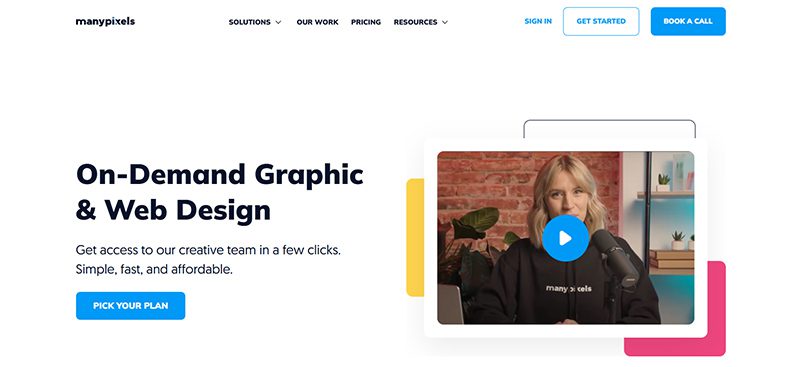
With all-inclusive plans starting at $599 per month, ManyPixels is an excellent option for startups seeking a reliable design solution. A subscription plan includes unlimited design requests, revisions, brands, free stock assets, native source files, and many other graphic design services.
Fiverr

One of the more popular platforms for social media post design services is Fiverr, a freelancer marketplace. Its global platform lets you choose a freelance graphic designer from around the world. You can find one based on their location, rates, expertise, and many other factors. Social media post designs usually start as low as $5 to $20.
Canva Pro

A cloud-based design platform, Canva Pro, has tools to let you create professional-quality social media posts for less. It has thousands of customizable templates, brand kits, and drag-and-drop features to help you boost your social media marketing. It offers a free trial, but if you want to enjoy more of its features, a $15 per month subscription fee is all you need.
What’s the Best Design Pickle Alternative?

Top Marketing Podcasts for 2025 You Should Be Following Today

What are the Best Social Media Post Design Services for Startups?

What’s the Best Package Design Service Agency?

What’s the Best Print Media Design Service Agency?
Don’t Sign Up for a Design Service Before You Read This

What’s the Best Website Design Company in 2025?
Don’t Sign Up for a Design Service Before You Read This

Top Marketing Podcasts for 2025 You Should Be Following Today

What’s the Best Website Design Company in 2025?

What’s the Best Print Media Design Service Agency?

What’s the Best Package Design Service Agency?














